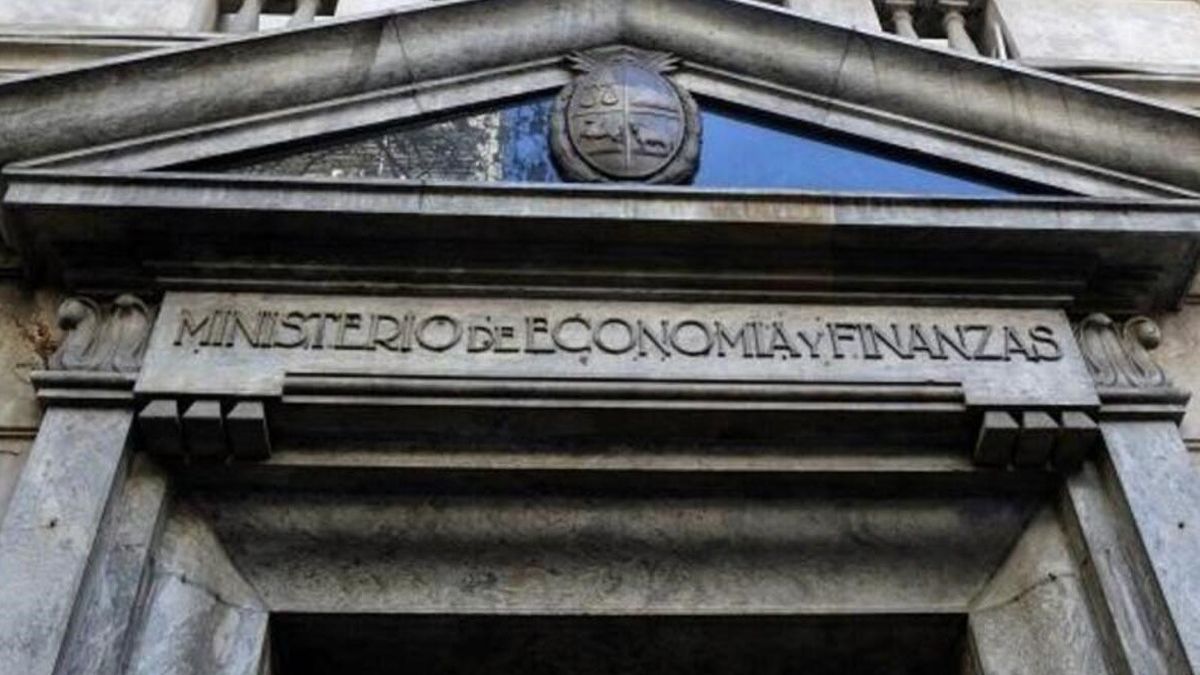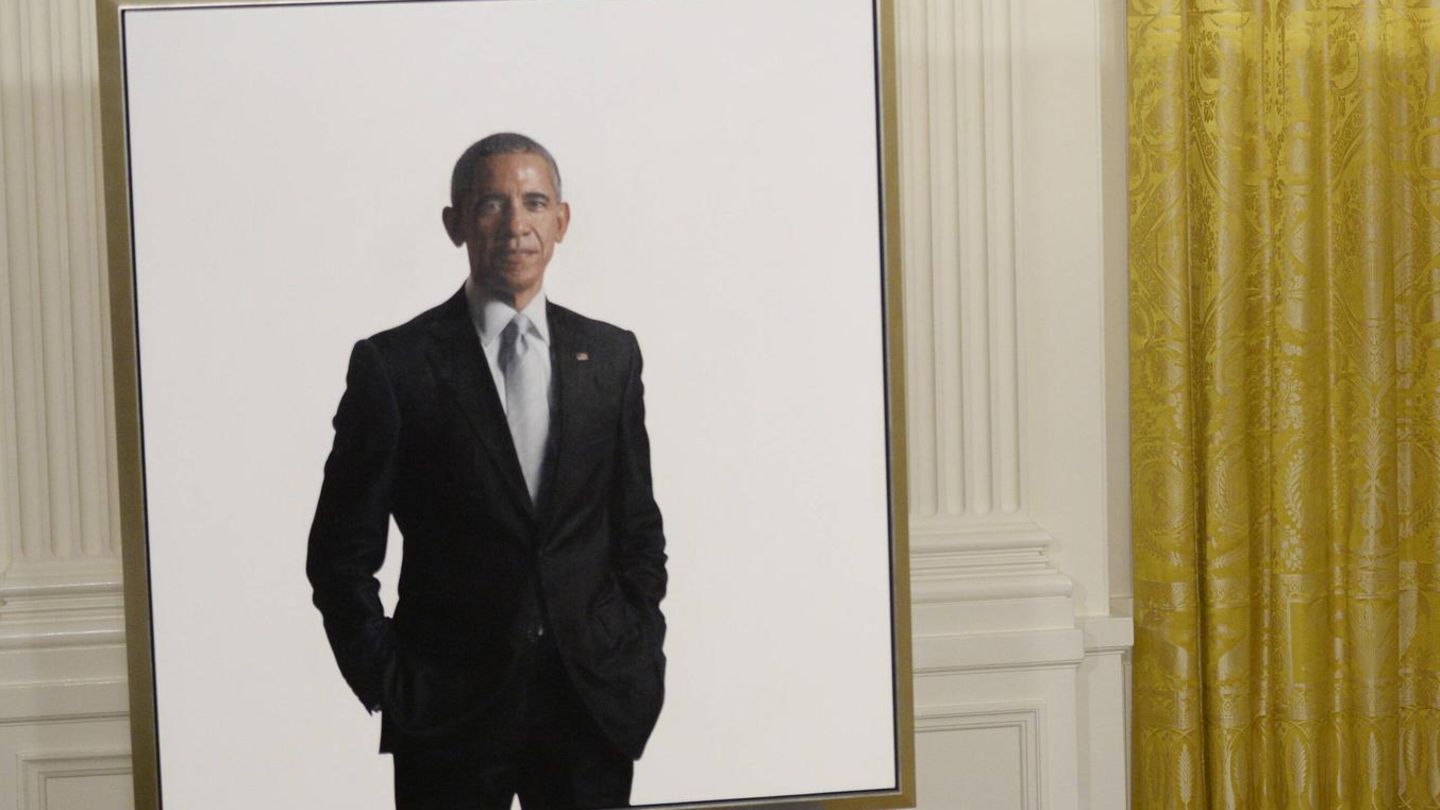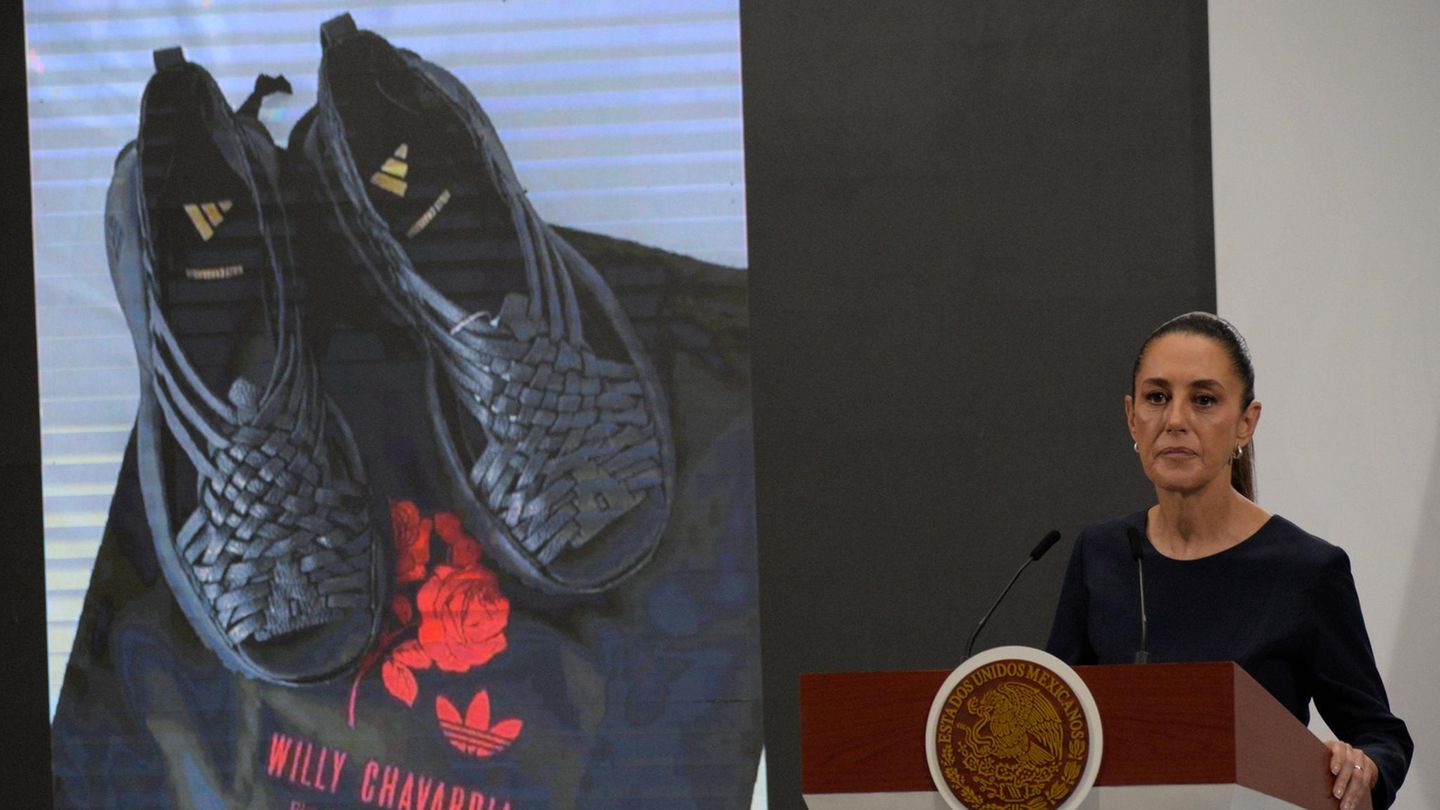The government presented the project of Accountability Law with updated economic forecasts after the impact of the worst drought of the last century in Uruguay and the financing needs should have been adjusted accordingly. How much money will you need to raise to meet all the anticipated obligations?
That the drought impacted, impacts and will impact the economy and public finances is not a surprise to anyone. The most novel thing, however, is that the government is already working on the projections in numbers of these climatic effects, as reflected in the Accountability project. In this sense, there are two figures that stand out: on the one hand, the adjustment of the growth of economic activity to 1.3% of the Gross Domestic Product (GDP) for this year —it was estimated at around 2%—; and, on the other, the increase in fiscal deficit expected to 3.2% of GDP—instead of the 2.7% originally projected.
In this scenario, the State will need more money than it contemplated at the beginning of the year, given the lower income and the considerable increase in expenses. How much more financing and what strategies it will follow to achieve it are points that the authorities touched on in one of the sections of the explanatory statement of the Bill of Accountability.
More financing and more strategy
Most of the projected fiscal deficit is explained by the debt payments that must be made and the rest because the central government’s expenses are greater than the income it receives. Based on this scenario, the Debt Management Unit (UGD) of the Ministry of Economy and Finance (MEF) determined that in 2023 it will be necessary 4,898 million dollars to fulfill all obligations; of which 1,945 million correspond to interest payments, 2,288 million to principal amortization payments and early cancellations for liability management operations, and 588 million to the primary deficit.
Faced with this increase in the necessary financing, the government asked Parliament to raise the net indebtedness ceiling allowed for this year to 2,860 million dollars —when it usually cannot exceed the equivalent of 2,200 million; and, due to the drought, a debt base of 2,370 million dollars is already estimated in 2023. The objective of this measure is to shore up the already deteriorated fiscal situation in order to avoid a crisis or, in any case, a larger problem .
On the other hand, to help raise the necessary money, the authorities will continue to resort both to the local and international bond issuanceas to the loans from multilateral organizations.
Regarding the first point, “we will seek to increase the funding in local currency in local and international markets, at competitive rates”. This implies giving priority to debt issuances in pesos, Indexed Units (IU) to inflation and Pension Units (UP, adjust according to Average Nominal Wage Index) over those of foreign currency. At the same time, the government wants secondary markets (liquidity, depth, and points of the curve) to develop, which is where bonds already issued are bought and sold, to increase access to financing for a greater variety of actors.
In turn, the MEF “will evaluate, together with the Central Bank (BCU)the possibility of incorporating the Letters of Monetary Regulation (LRM) of the BCU, as an option for the investor to buy the treasury notes tendered in the calendar, delivering these in exchange”, indicated the document that argues the reasons for the Rendition of Accounts, adding more flexibility to the operations.
So far, the government has issued titles in the market for the equivalent of 1,543 million dollars, and it still needs to obtain 3,282 million to reach the estimated total amount for this year of 4.285 million dollarswhich will be placed during the second semester —more than half in the local market.
Finally, “the development of financial instruments in the form of loans that (i) incorporate quantitative indicators linked to climate change and nature protection, and (ii) reward the country’s environmental performance by reducing of the interest rate paid. With this modality it is expected to obtain 450 million dollars in credits from multilateral organizations and 164 million dollars from other sources.
Source: Ambito




